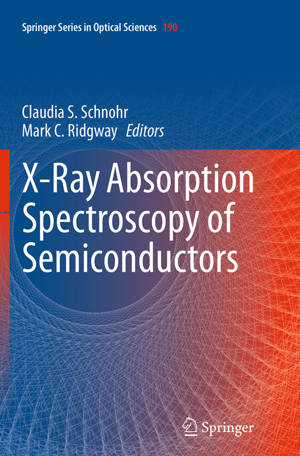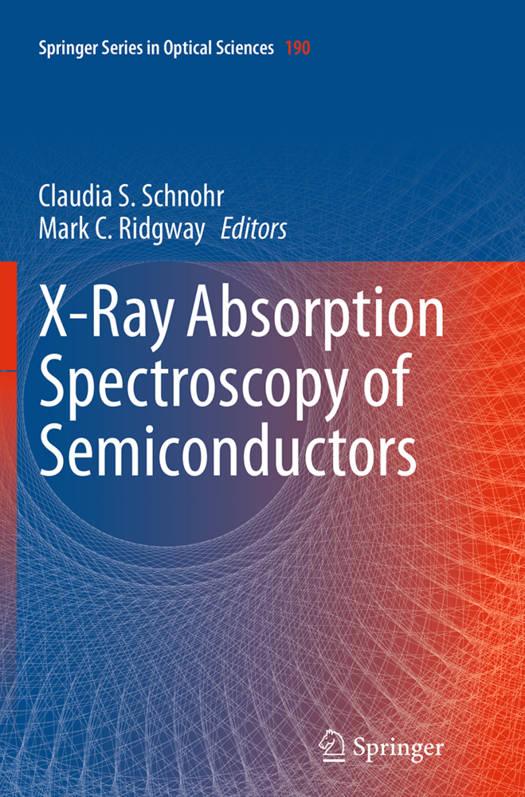
- Afhalen na 1 uur in een winkel met voorraad
- Gratis thuislevering in België vanaf € 30
- Ruim aanbod met 7 miljoen producten
- Afhalen na 1 uur in een winkel met voorraad
- Gratis thuislevering in België vanaf € 30
- Ruim aanbod met 7 miljoen producten
Zoeken
X-Ray Absorption Spectroscopy of Semiconductors
€ 105,45
+ 210 punten
Omschrijving
X-ray Absorption Spectroscopy (XAS) is a powerful technique with which to probe the properties of matter, equally applicable to the solid, liquid and gas phases. Semiconductors are arguably our most technologically-relevant group of materials given they form the basis of the electronic and photonic devices that now so widely permeate almost every aspect of our society. The most effective utilisation of these materials today and tomorrow necessitates a detailed knowledge of their structural and vibrational properties. Through a series of comprehensive reviews, this book demonstrates the versatility of XAS for semiconductor materials analysis and presents important research activities in this ever growing field. A short introduction of the technique, aimed primarily at XAS newcomers, is followed by twenty independent chapters dedicated to distinct groups of materials. Topics span dopants in crystalline semiconductors and disorder in amorphous semiconductors to alloys and nanometric material as well as in-situ measurements of the effects of temperature and pressure. Summarizing research in their respective fields, the authors highlight important experimental findings and demonstrate the capabilities and applications of the XAS technique. This book provides a comprehensive review and valuable reference guide for both XAS newcomers and experts involved in semiconductor materials research.
Specificaties
Betrokkenen
- Uitgeverij:
Inhoud
- Aantal bladzijden:
- 361
- Taal:
- Engels
- Reeks:
- Reeksnummer:
- nr. 190
Eigenschappen
- Productcode (EAN):
- 9783662522127
- Verschijningsdatum:
- 23/08/2016
- Uitvoering:
- Paperback
- Formaat:
- Trade paperback (VS)
- Afmetingen:
- 156 mm x 234 mm
- Gewicht:
- 530 g

Alleen bij Standaard Boekhandel
+ 210 punten op je klantenkaart van Standaard Boekhandel
Beoordelingen
We publiceren alleen reviews die voldoen aan de voorwaarden voor reviews. Bekijk onze voorwaarden voor reviews.










